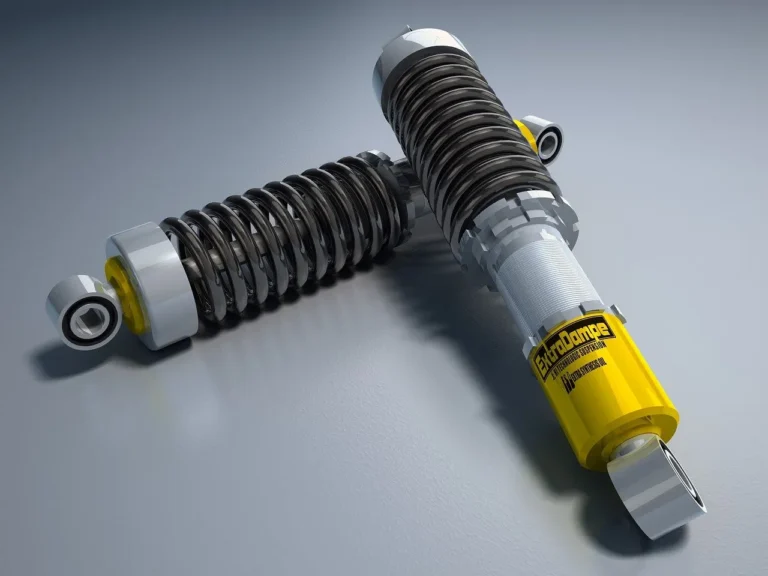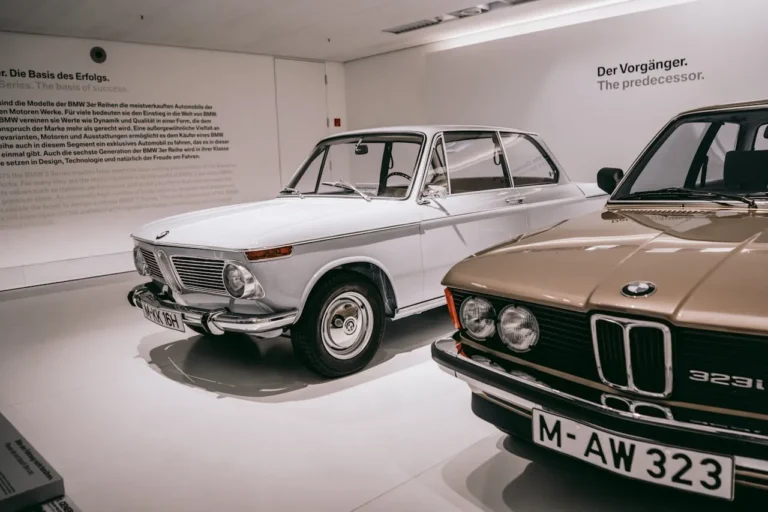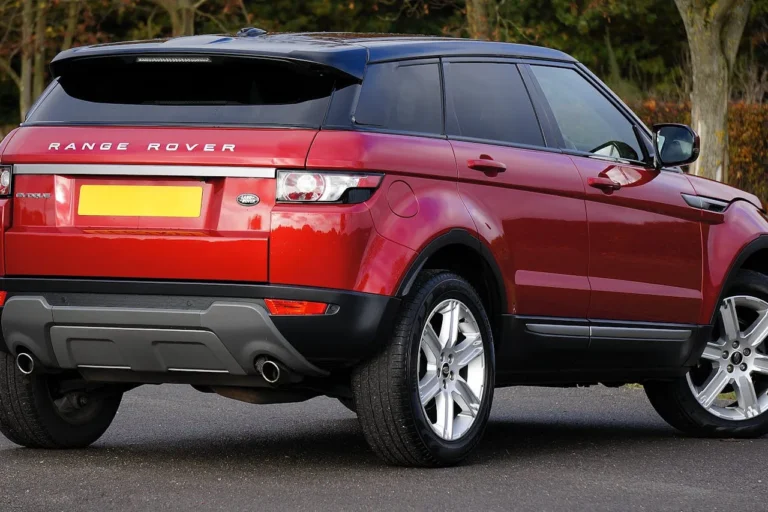
High-Voltage Power Supply Systems in New Energy Vehicles Evolve Toward Distributed Architectures and Deep Component Integration – Research Report 2025
High-Voltage Power Supply in New Energy Vehicle (BMS, BDU, Relay, Integrated Battery Box) Research Report, 2025, offering a comprehensive overview of how high-voltage electrical architecture is rapidly transforming in battery electric vehicles (BEVs) and plug-in hybrids (PHEVs).
At the heart of every new energy vehicle lies its high-voltage power supply system — the foundation upon which range, efficiency, charging performance, safety, and cost competitiveness are built. The largest and most critical element of this system is the power battery. Its energy capacity directly dictates how far a vehicle can travel on one charge, how quickly it replenishes energy, and how efficiently it operates under varying load conditions. But the battery alone cannot deliver consistent performance without an intelligent infrastructure surrounding it. Modern electric vehicle platforms rely on sophisticated subsystems such as Battery Management Systems (BMS), Battery Distribution Units (BDU), high-voltage DC relays, and integrated battery boxes to ensure safe and precise control over energy flow.
From Centralized to Distributed BMS: An Architectural Revolution
As electric vehicles increasingly move toward 800V and even 1000V architectures to enable ultra-fast charging and higher power density, traditional centralized BMS designs face mounting challenges. In a centralized system, all signal acquisition, processing, and control occur in a single control unit. While once adequate for lower-capacity packs, this design struggles with the high sampling requirements and thermal constraints of today’s large battery arrays.
Distributed BMS architectures have emerged as the preferred solution. Instead of routing all data through long wiring harnesses to a central unit, distributed systems deploy multiple slave controllers directly adjacent to cell modules. Each slave module independently measures voltage and temperature data and transmits it to a master controller, which coordinates balancing and protection decisions.
This approach dramatically enhances data accuracy, reduces latency, and improves reliability. Because the acquisition circuits sit closer to the cells, noise interference is minimized and signal integrity is preserved. Unlike centralized systems, a failure in one slave module does not render the entire pack inoperable — the affected segment can be isolated while the rest of the system continues functionally.
Moreover, distributed designs simplify battery pack assembly by replacing complex wiring harnesses with streamlined bus communication networks. This modularity not only supports rapid adaptation across different vehicle models but also enables cost-effective maintenance and replacement.
Integration Becomes the New Direction: BMS + BDU + Relays Within Single Units
Beyond distributed control, the next major industry trend is functional convergence. Rather than treating BMS, current distribution, relays, and thermal sensing as separate modules, top automakers and tier-one suppliers are aggressively pursuing high-voltage integrated battery boxes that consolidate electronics into compact, thermally optimized enclosures.
A prime example highlighted in the report is UAES (United Automotive Electronic Systems), which in March 2025 unveiled its next-generation HVDU intelligent integration platform. This solution merges the Battery Management Unit (BMU) with current sensors and relays using a mature integration process that supports flexible scalability. The system is designed around a modular platform that accommodates rated currents from 150A to 500A and supports both 400V and 800V power architectures.
Compared with existing market products, UAES claims its integrated system reduces packaging space by 50% and shortens development time by 40%. The company is also conducting pre-research on replacing traditional electromechanical relays with solid-state electronic switches (E-fuses) and embedding additional functionality such as on-board charging (CharCon) directly into the Powerbox.
Automakers are already deploying such architectures at scale. NIO, Li Auto, XPeng, Dongfeng, GAC, and BYD have each announced battery systems where BDUs, BMUs, DC-DC converters, and high-voltage connectors are physically consolidated into single enclosures.
GAC, for example, implements a structure where the BDU, BMU, DC-DC module, thermal runaway detection sensors, and quick-swap connectors are combined. This not only increases usable battery volume by eliminating unnecessary plastic housings but also simplifies manufacturing.
Similarly, Xiaomi’s SU7 features a layered battery box where the upper “second layer” compartment houses EE components such as BMS, relay assemblies, and the Charging Control Unit (CCU), which integrates OBC and DC-DC functions. A large aluminum busbar heat sink beneath the relay unit efficiently dissipates thermal load during high-power charging and discharging cycles.
XPeng takes integration even further with its X-BMU high-voltage power distribution box that merges BDU and BMS functions using flexible printed circuit boards to replace traditional wiring harnesses.
BMS Chips Become Strategic Assets in 800V Platforms
As battery voltage platforms transition beyond 400V, the complexity of system switching and protection logic increases exponentially. Many OEMs are adopting dual 400V/800V architectures where battery cells operate in parallel (for standard driving) and are temporarily switched into series (for fast charging). This requires precise control to avoid voltage spikes or synchronization errors that could lead to system failure.
As a result, BMS chips — often overlooked in early EV development — are now treated as strategic components. Leading suppliers such as NXP, STMicroelectronics, Infineon, and Texas Instruments are racing to deliver more intelligent, higher-integration chipsets tailored for high-voltage environments.
NXP, for instance, has introduced its MC33774 AFE chip supporting 18-channel voltage acquisition and high-current balancing up to 300mA, paired with the MC33665 gateway chip offering high-speed CAN FD communication and daisy-chain networking capabilities. Together, these allow simplified harness structures while improving reliability.
For wireless BMS (wBMS) deployments, NXP has also developed a UWB-based chipset (BMA6060/BMA6061) that uses ultra-wideband pulse signals instead of conventional 2.4GHz narrowband Bluetooth. This greatly reduces packet loss due to reflection and multipath interference, ensuring stable, real-time data transmission in enclosed metal environments like battery packs.
NXP’s three-pillar strategy — high-density AFE design (BMx73x8 series), UWB wireless communication, and electrochemical impedance spectroscopy (EIS) health diagnostics — has helped secure partnerships with industry leaders including CATL and Geely. The company now leads in both wireless BMS mass production and long-lifespan energy storage applications.
Coverage Scope: OEM and Tier 1 System Architectures
The report further provides detailed breakdowns of high-voltage power supply system architectures deployed by 22 major OEMs, including:
- Xiaomi Auto, NIO, XPeng, Li Auto, Leapmotor, GAC Group, BYD, Geely, SAIC IM, Changan, Great Wall, Chery, FAW Hongqi, BAIC New Energy
- International manufacturers such as Tesla, Volkswagen, Audi, BMW, Mercedes-Benz, Toyota, and General Motors
Parallel to this, the study documents solutions from 19 Tier 1 component suppliers, including UAES, LG New Energy, LIGOO, Texas Instruments, Jiachen Electronics, Schaeffler, Aptiv, Bosch, Huawei, STMicroelectronics, Eaton, Infineon, and Hongfa.







